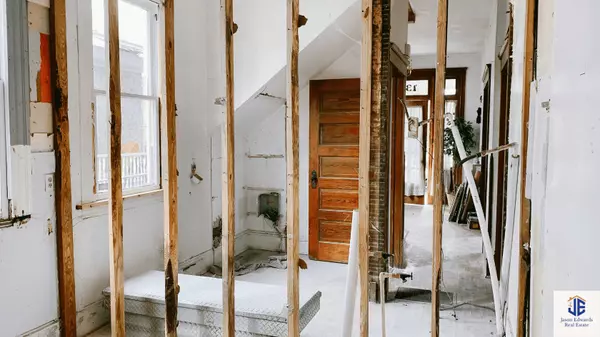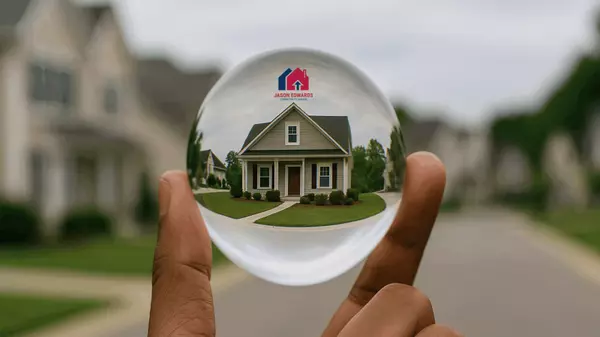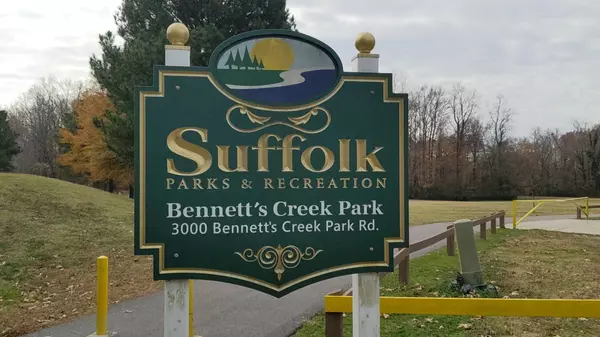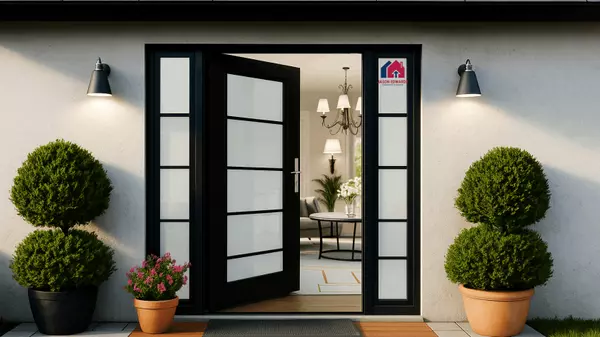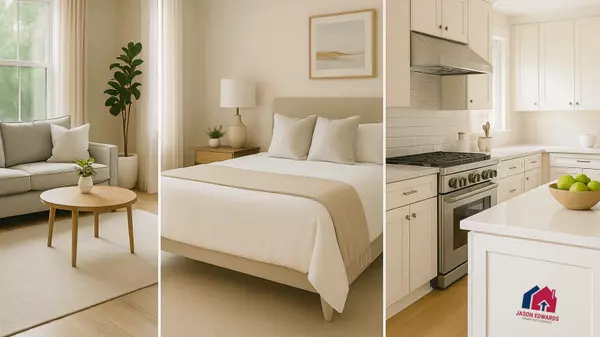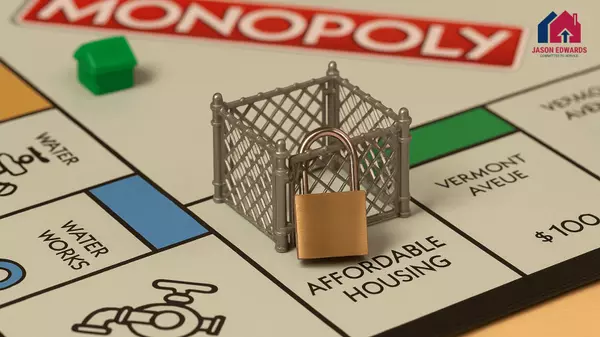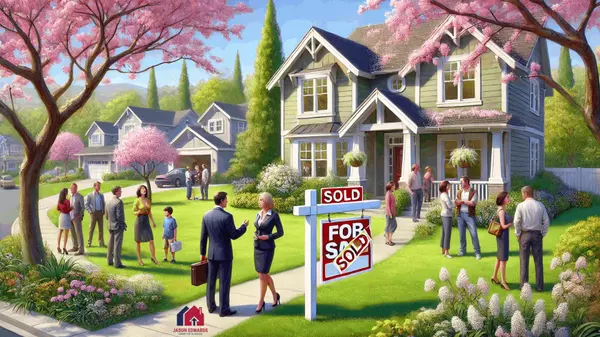The Real Cost of a Fixer-Upper: What Buyers Need to Know
Fixer-uppers are getting more attention than ever.
Searches for homes in need of some TLC have tripled since 2021. And these homes now receive over 50% more online views than similar listings.
Lower price tags and the chance to customize a property both have strong appeal. But fixer-uppers also come with risks that can turn dreams into costly mistakes.
If you’re thinking about buying a fixer-upper in Hampton Roads, here’s what the data says, along with the pros, cons, and pitfalls to avoid.
The State of Fixer-Uppers in Today’s Market
Nationally, fixer-uppers come with a median price of $200,000. That’s a steep 54% discount compared to the $436,250 median for single-family homes.
In July 2025, 79,175 fixer-uppers were listed across the country, up nearly 19% from 2021. But even with more listings on the market, fixer-uppers make up a smaller share of total inventory: just 5.2% today versus 6.1% four years ago.
The typical fixer-upper was built in 1958, offers 1,628 square feet of living space, and has three bedrooms and two bathrooms. They also take slightly longer to sell, averaging 53 days on the market compared to 50.5 days for other homes.
The Pros of Buying a Fixer-Upper
Lower Costs
The biggest draw of a fixer-upper is price. Because these homes are (typically) listed lower than move-in-ready properties, buyers benefit from a smaller down payment and more affordable monthly mortgage.
Customization
Fixer-uppers also allow for customization. Whether it’s opening up the kitchen, adding a deck, or updating finishes, buyers can shape the property into the home they’ve always wanted.
Less Competition
Even as “fixer-upper” searches have increased, the majority of buyers still prefer a move-in-ready option. That means buyers can face less competition and more negotiating power when it comes to fixer-uppers.
Equity Potential
Well-planned renovations can boost a home’s value and build equity faster. Even small upgrades, like refinished floors or a refreshed bathroom, can deliver a strong return over time. For buyers willing to put in some sweat equity, the payoff can be even greater.
Along with that comes quality and creative control: choosing the contractors, materials, and colors that align with personal preferences.
The Cons of Buying a Fixer-Upper
Hidden Costs
The biggest downside is the hidden costs. Renovations often run higher than expected, and budgeting accurately can be almost impossible. Experts recommend setting aside 10%–20% of your total budget for surprise expenses.
From outdated wiring to hidden water damage, issues often go beyond what’s visible during a walk-through, hence the reason to never forgo the inspection. It’s one thing to have to repaint the walls. It’s another to be told the plumbing situation costs more to fix than you budgeted for.
Time and Disruption
Buyers also need to prepare for disruption. Renovations take time, and permits and zoning restrictions can slow projects down. Unless you plan to live elsewhere, you may find yourself living in a construction zone.
Resale Risks
Not all renovations add value. Over-improving a property beyond what the neighborhood supports can make it harder to resell. A luxury kitchen in a modest community, for example, may not deliver the return you expect.
Key Factors to Evaluate Before Buying
Since not every fixer-upper is worth the investment, buyers should weigh four key factors:
-
Location and neighborhood: Consider crime rates, amenities, and future development plans. A great home in the wrong location can still be a poor investment.
-
Structural vs. cosmetic issues: Cosmetic updates like paint and flooring are manageable. Structural problems like foundation cracks or roof replacement can eat up budgets quickly.
-
Resale potential: Renovations should stay within 10%–15% above the neighborhood median to avoid pricing out future buyers.
-
Timeline: Short-term projects like landscaping or updating fixtures may take weeks. Major overhauls like kitchen remodels, roof replacement, or foundation work can stretch into a year or more.
Common Pitfalls to Avoid
Even buyers who understand the risks can stumble. The most common mistakes include:
-
Overestimating DIY skills
-
Underestimating time and costs
-
Skipping permits (building, electrical, plumbing, etc.)
-
Forgetting to check local zoning laws to ensure planned renovations are permitted
-
Overpaying upfront
These are pitfalls you can easily sidestep if you’re working with a pro who understands the fixer-upper market better than anyone else in your area.
Key Takeaways for Hampton Roads
Fixer-uppers can provide an affordable path into homeownership, but they require careful planning. That includes:
-
Understanding local fixer-upper stats (pricing, inventory share, days on market).
-
Exploring financing programs early.
-
Setting realistic budgets and timelines.
-
Balancing DIY savings with the need for professionals.
-
Never skipping an inspection.
In Hampton Roads, fixer-uppers can be either a stepping stone to your dream home or a costly misstep. The outcome depends on preparation, patience, and making sure you are buying with both your heart and your head.
Categories
Recent Posts
